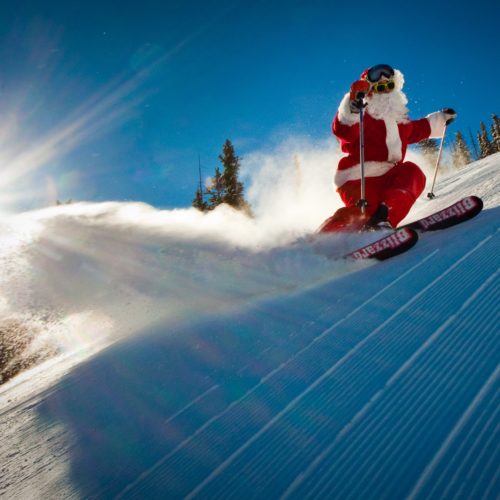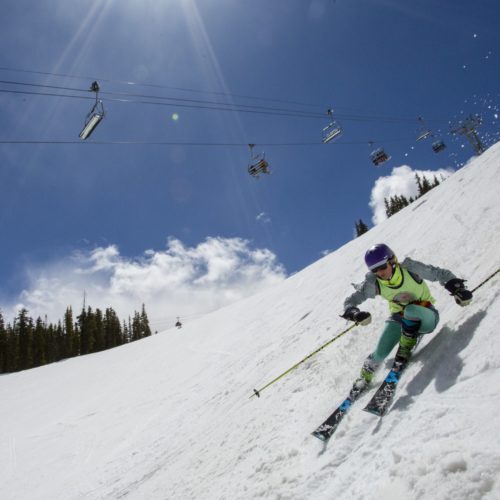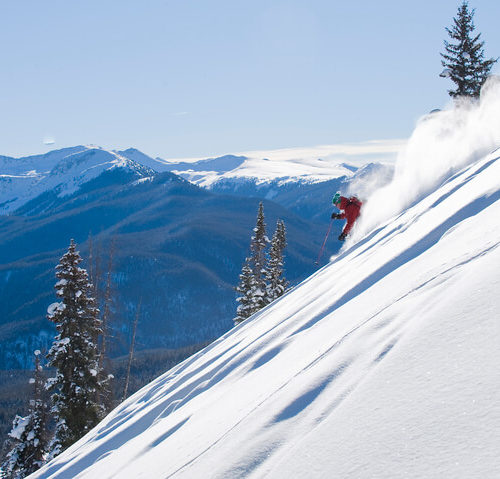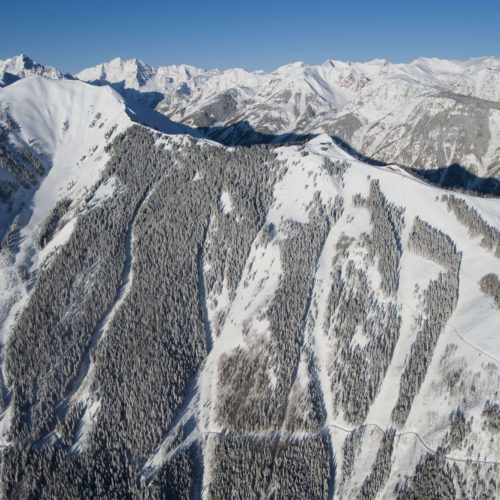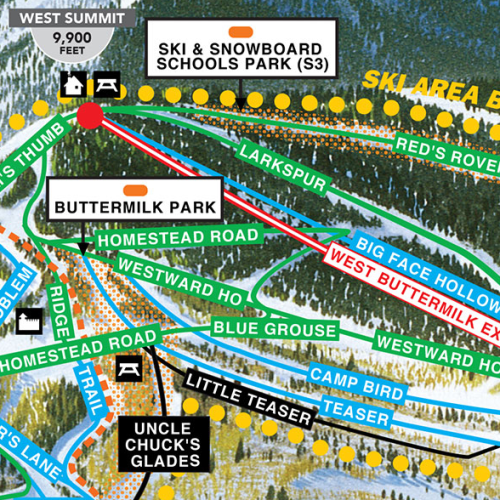Are you about to take your first ski vacation? Rest assured, you’re going to have a blast on the slopes, but before you leave, it’s important to know exactly what to bring, how to dress, and how to take care of your health. Here are our top tips for your first ski trip:
Get in Shape for Skiing
In ski terms, this is known as “conditioning,” and even if you’re not planning to bomb anything more than the bunny hill, your quads will thank you if you start a regular regimen of cardio, toning, stretching, and strength training well before your first ski trip. While you’re at it, work your core, glutes, hamstrings, and gastrocnemius (aka your calves) muscles. Since ski poles aren’t just ornaments, you’ll also want to get your deltoids, triceps and biceps in shape, too. Preparing for your first ski trip is more than just making a packing list, it’s important to follow conditioning advice to be prepared. Even if you’re active and fit, you’ll be surprised by how many muscles skiing requires – many of which you won’t realize you possessed until the end of your first day.
Bring a Ski Bag
If you’re bringing skis or snowboard with you and you’re flying, invest in a ski bag. Without a ski bag, most airlines will grudgingly give you a plastic sheath, but you don’t really expect that to protect your pricey babies, do you? A ski bag will take the hassle and worry out of planning your first ski trip, so you can focus on the slopes.
If you’re renting, ask your hotel concierge before departing on your trip for shop recommendations. If you’re bringing skis with you and don’t have access to a shop in your hometown, ask the concierge to suggest a good place to get your skis tuned (see below).
Tune Up Your Skis or Snowboard
If your skis or board are used or borrowed, be sure they’re tuned (waxed, with the bindings adjusted to your weight and ability to prevent injuries) and ready to go. If there’s not a ski shop in your area, plan on getting it done as soon as you arrive in town (resorts are used to providing a quick turnaround). Bottom line: it’s tough losing a morning dealing with gear issues when you could be on the slopes.
If you have your own boots (new, used, or rentals), be sure to do what you can to break them in/get them adjusted to your feet before you leave home. Wear your boots and ski socks around the house. It may sound silly, but it’s important to practice walking before you actually get on snow and ice for the first time.
Pack Boots for After Skiing
Invest in a pair of “after-ski” boots (not classic Uggs…I love mine too, but they’re worthless on snow and ice and in damp conditions). You’re going to need something sturdy and waterproof, with excellent traction (also, nothing screams “tourist” like inappropriate footwear). That said, donning a pair of on-trend, winter-appropriate shoes for a night out in Aspen is always in style, but no one will look at you twice if you keep your after-ski footwear on.
I’m devoted to SOREL’s functional yet fashionable shoes, which last forever, never go out of style, and keep feet warm and dry. Regardless of your gender, consider investing in a traction device like Yaktrax, which slip-over your shoes. They’re also a necessity if you’re a runner or hiker and plan to hit the road or trail on your trip.
For a night out on the town, if you’re not used to walking on snow or have physical limitations, opt for safety and wear traction; you can always remove them when you arrive at your destination. Otherwise, any leather, lug-soled boot or shoe will do. Be sure to waterproof them before you leave home.
First Ski Trip Packing List
Prepare a ski trip packing list (or reference this one from Aspen Snowmass) of what you you need to bring with you or purchase before or after you arrive: Odds are, you’ll pay more for everything from ski socks and goggles to jackets in a ski town, be it Aspen or anywhere else. The flip side to that is ski towns also have consignment shops and killer sales, especially after the holidays and late season. Another plus is that you can get advice from salespeople who likely spend a lot more time on the slopes than the guy at your local sporting goods store. It’s worth doing a bit of pre-trip research on soft goods (i.e. clothing) and stores at your destination; call and see if they have any upcoming sales or other special deals.
What to Wear on a Ski Trip
Whether you’re headed to Aspen, Banff, Park City, or Stowe, all North American ski resorts share one thing in common: a dress code and attitude that’s decidedly laid-back. Do as the locals do: wear a pair of jeans, beanie, and nice sweater, tee, or flannel, and you’re good to go at even the most fancypants restaurant, hotel, or venue. This isn’t Europe, so dress accordingly (and comfortably), and seriously consider leaving the fur at home (again, nothing screams “tourist” like wearing a pelt).
How to Avoid Altitude Sickness
Learn how to avoid altitude sickness: even minor symptoms like a bad headache or fatigue are enough to compromise your holiday. Drink lots of water (and then drink a bit more) and limit your alcohol intake. I also swear by coconut water, as the electrolytes help ward off dehydration related to altitude. Skiing/riding with a hydro-pack is also a really great idea.
Snacks for Ski Trips
Pack a stash of healthy, high-protein/complex carb-heavy snacks. Having snacks will help you power through the day, especially if you have kids with you.
My picks are peanut butter squeeze packs by Boulder-based Justin’s; jerky; electrolyte chews or energy bars like Honey Stingers (free of artificial gunk and made in Steamboat Springs), or GORP (good ole raisins and peanuts!). All of these are easily stashed in your pockets for a day of skiing.
Start Planning Your First Ski Trip
With the right preparation and knowledge of what to wear to stay safe and warm, your first skiing or snowboarding trip is sure to be a blast. Explore the Limelight Hotel’s deals on skiing and staying in Aspen, Colorado and start planning your ski trip today!
